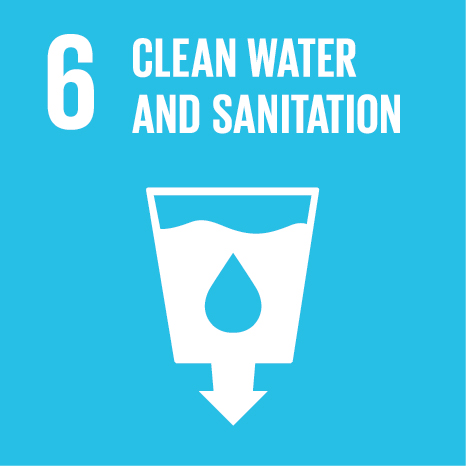Ciência_Iscte
Publications
Publication Detailed Description
Journal Title
Australian Journal of Agricultural and Resource Economics
Year (definitive publication)
2019
Language
English
Country
United States of America
More Information
Web of Science®
Scopus
Google Scholar
This publication is not indexed in Overton
Abstract
Downside risk, which refers to deviations below a threshold, is often important in
water management decisions, especially in areas with large and skewed variations in
precipitation patterns. In this paper, we present a model for a reservoir manager who
is downside risk averse and who performs a dynamic allocation of irrigation water,
taking into account the negative effects of droughts on farm profits and different
environmental constraints. We analyse the water stock, flows and agricultural profits
for alternative environmental restrictions and thresholds for irrigation levels and find
that stricter environmental constraints increase total water supply and carryover
stock, while higher penalty thresholds lead to their overall decrease. Furthermore,
increasing penalty thresholds leads to a higher emphasis on avoiding shortages, at the
expense of lower average profits.
Acknowledgements
--
Keywords
Environemental constraints,Lower partial moments,One-side measures,Water inflow variability
Fields of Science and Technology Classification
- Economics and Business - Social Sciences
Funding Records
| Funding Reference | Funding Entity |
|---|---|
| UID/GES/00315/2013 | Fundação para a Ciência e a Tecnologia |
Contributions to the Sustainable Development Goals of the United Nations
With the objective to increase the research activity directed towards the achievement of the United Nations 2030 Sustainable Development Goals, the possibility of associating scientific publications with the Sustainable Development Goals is now available in Ciência_Iscte. These are the Sustainable Development Goals identified by the author(s) for this publication. For more detailed information on the Sustainable Development Goals, click here.

 Português
Português


